Published by Chris Townsend
Last updated Jun, 15 2025
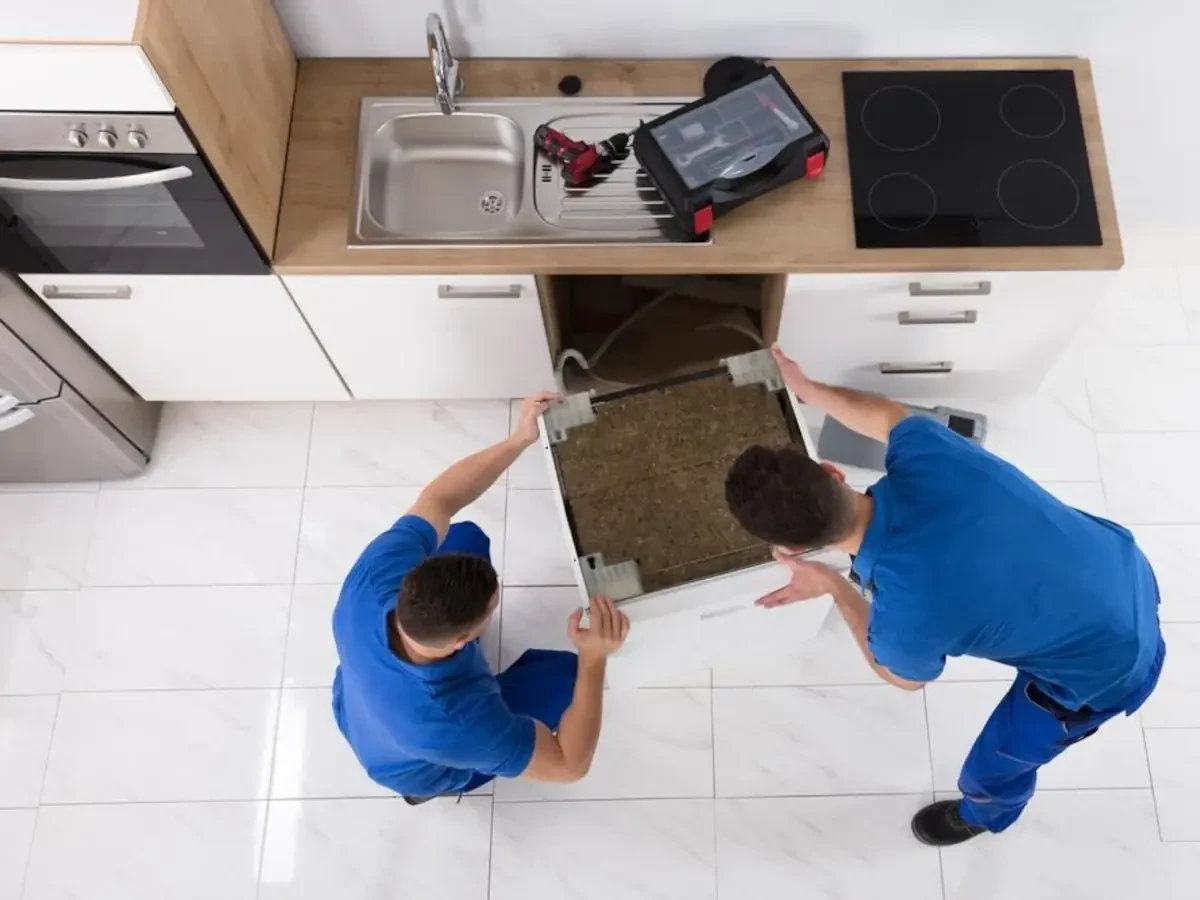
When making preparations to move your appliances, it is very important to devote enough time to the process. This is because the kitchen needs a thoroughly planned packing and unpacking strategy than any other room in the house. The preparation for moving Utility items should start long before others and it should be monitored to ensure the plans and arrangements are still intact.
This guide has been furnished with the best tips to help you prepare, pack, and haul your Equipment like a pro. These are some of the steps that this guide will walk you through:
- How to prepare your kitchen for a shift
- How to prepare your kitchen appliances
- How to move your Utility items
How To Prepare Your Kitchen For A Move?
It is important to start planning your things shifts as early as possible before the actual shifting day. To make the entire relocating process as easy as possible, some steps must be judiciously followed. These are simple steps to make certain that your kitchen is prepared for a hitch-free relocate:
Create A New Meal Plan
If you are moving over a long distance, it will be very difficult to have your food moved to your new location without it getting spoiled on the way. To avoid this, you need to change your meal plan ahead of time.
At least a month before the day you intend to transfer, create a meal plan that would help use up all your frozen goods so that you would not have to bother about preserving them during the shift or wasting them because of the inability to carry them along. Creating a new meal plan can also give you the time to use up some food items to ensure that you have fewer things to pack. You can always restock your pantry when you get to your new abode.
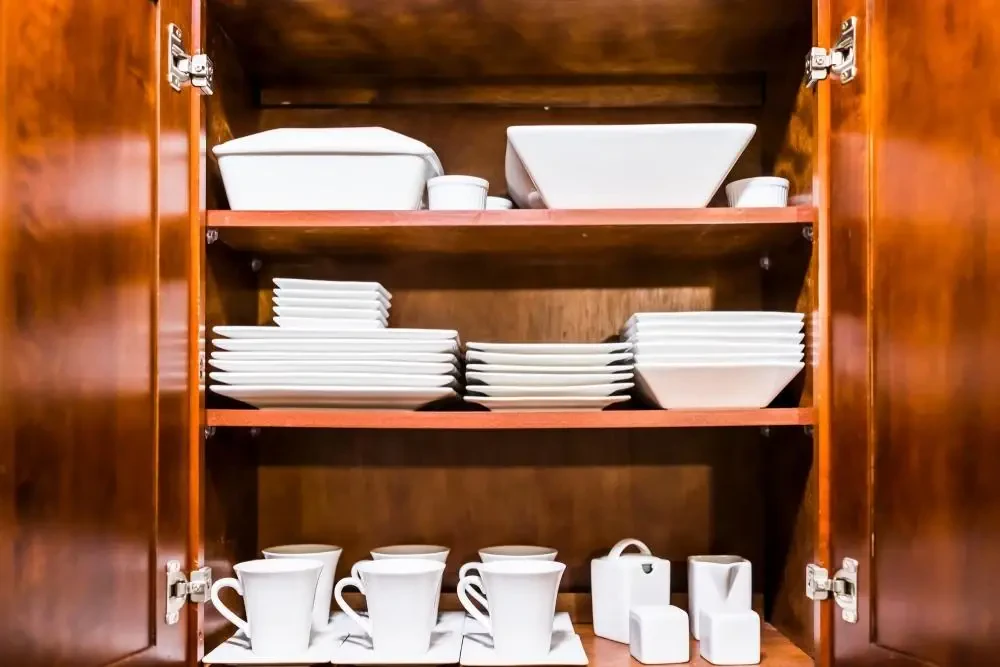
Take Your Time
This is another vital step in preparing your move. Take about a month before your moving day to go through your kitchen and declutter it. Endeavor to get rid of stuff you no longer need in your kitchen to ensure that you only get to pack up relevant stuff with you to your new home. Another reason to declutter your kitchen is the fact that you will have to start with a fresh and new in your new home, so relocation some things that would not be useful in your new home would just be a waste.
Get Packing Supplies
You need to get the right shifting supplies to help you prepare up your kitchen Utility items. These are some of the important supplies you require:
- Good quality moving enclosing in varying sizes:
- Heavy-duty Packages: these are double-wall and thick Crates that are best for glasses, dishware, and stemware.
- Medium boxes for packing heavier things like pantry goods, silverware, and the contents of your drawers.
- Large Packages: ideal for Wrapping lighter, bulkier items like plastic containers, small appliances, and baking supplies.
- Special Crates with dividers for holding glasses and cups
- Bubble Secure or cushion: used to protect fragile things such as glassware, ceramics, and any other breakable utensil.
- Permanent markers and Boxing labels
- Rubber bands are for securing utensils and flatware.
- Plastic wrap
- Wrapping paper
- Crating tape
If you have any extremely fragile goods, like stemware, you’ll want to start thinking about how to pack them safely. Get extra bubble Secure and packing paper so you can protect them. Getting the right Boxing supplies would reduce your stress on the move day.
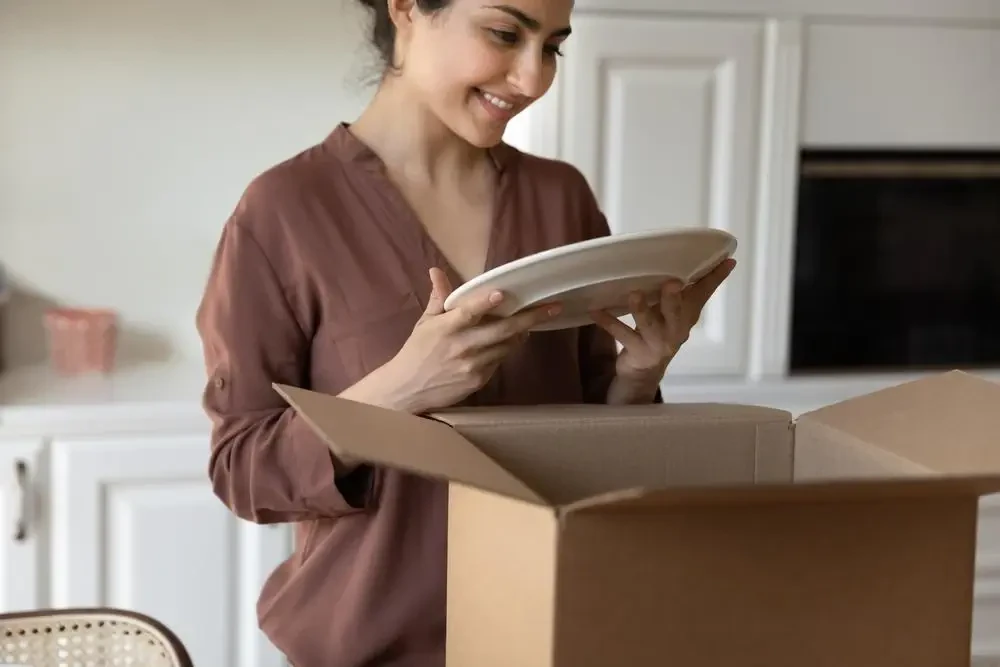
Wrap up The Nonessentials
It is understandable that you require the service of your kitchen even on the day of the move, but isn't a week before the haul a good time to start packing up some of the stuff in the kitchen? There are definitely some Utility items that you don't get to use all the time. You can start by picking up those. For example, holiday dishes, specialized small appliances, or duplicates won't be needed within a week of the shift day, so make sure to pack them up and arrange them long before the relocate.
How To Pack Your Kitchen Appliances?
Boxing your kitchen for a haul is not an easy task. As a result, these tips have been provided, and if strictly followed, you can be assured of a very smooth, easy, and hitch-free transfer. These tips will help ensure that your Equipment get to your new home safely:
Packing Dishes
The dishes are very fragile and quite heavy. This makes them very precarious to move, and as such, Wrapping them safely requires more care and attention.
It is important to create a cushioning layer of about six to seven inches of crumpled Enclosing paper at the bottom of each dish box as well as wrap every item with packing paper. This will provide an extra cushion.
- When Boxing plates, you should make sure they are made to stand erect in the dish Parcel. This would reduce the risk of breakage.
- Make sure you place a plate on a sheet of Wrapping paper, after which you must place a layer of bubble Secure over the plate before placing another plate on top of it. You can do this until you have about a stack of four plates. Secure the stack in plastic Cover before placing it in the box.
- Ensure there is no free space in the dish enclosing. Make sure you fill up the dish Parcel with crumpled Enclosing paper to guarantee that everything stays secure.
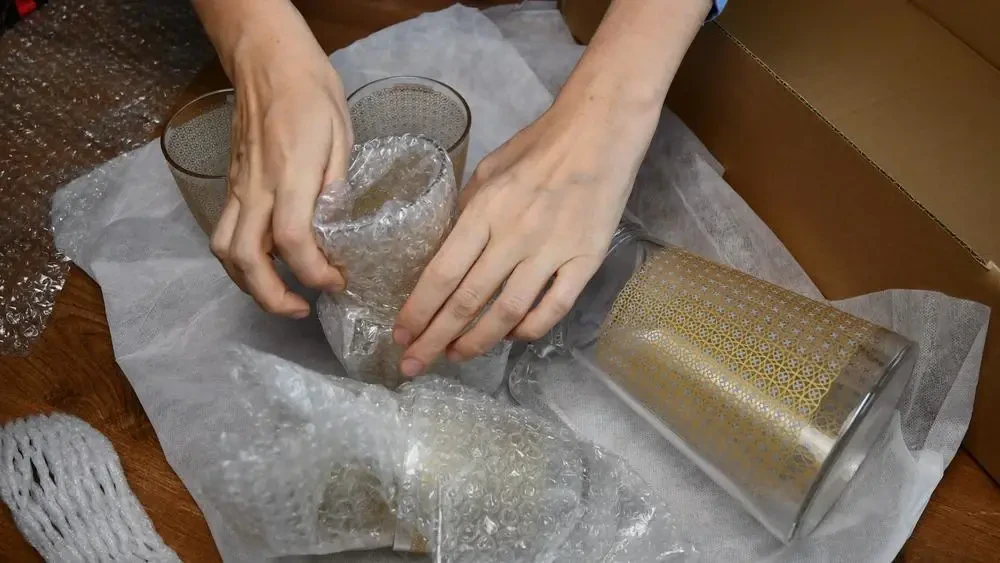
Boxing Glassware
Do not use just any Parcel to pack your glassware. Make sure you make use of specialized boxes with cardboard dividers. This will help to keep your fragile glassware in one place without touching one another. Do not place any items on top of any glassware. Ensure to use Enclosing paper or bubble wrap to confirm they are securely wrapped. This would guarantee their safety in the course of moving.
Sealing Kitchen Utensils
You can prepare your utensils in groups:
- Pack your silverware (cutlery), i.e., all forks, spoons, and knives into groups of about 4-6. Secure each group with a rubber band, after which you can use Wrapping paper to Cover it.
- Ensure you securely wrap your knives so that the sharp edges would not be exposed. When packing knives, make sure you do not keep them in boxes standing upwards to avoid any hazards. Large knives should be stored in a storage container.
- Pots, pans, and other cooking utensils shouldn't be packed more than two or three in a box because of the size and weight. You must guarantee that you fill up the empty spaces in the Parcel with Wrapping paper to keep them secure.
- Smaller pots and pans should be nestled together to make sure they can securely enter one Package. This is a way to minimize boxes.
Enclosing Small Equipment
Packing and moving small and medium-sized kitchen appliances can be very problematic and require a lot of work to get them properly arranged. With these tips, the process can be made easier and faster:
- To ensure these Utility items securely fits into the Package, get a box the size of those Equipment. Do not place these together with other things in one enclosing; every appliance must be kept in its wrapping.
- You must guarantee all empty spaces within the box are filled with crumpled folding paper.
- Make sure accessories are removed from the Household tools, then wrap them separately.
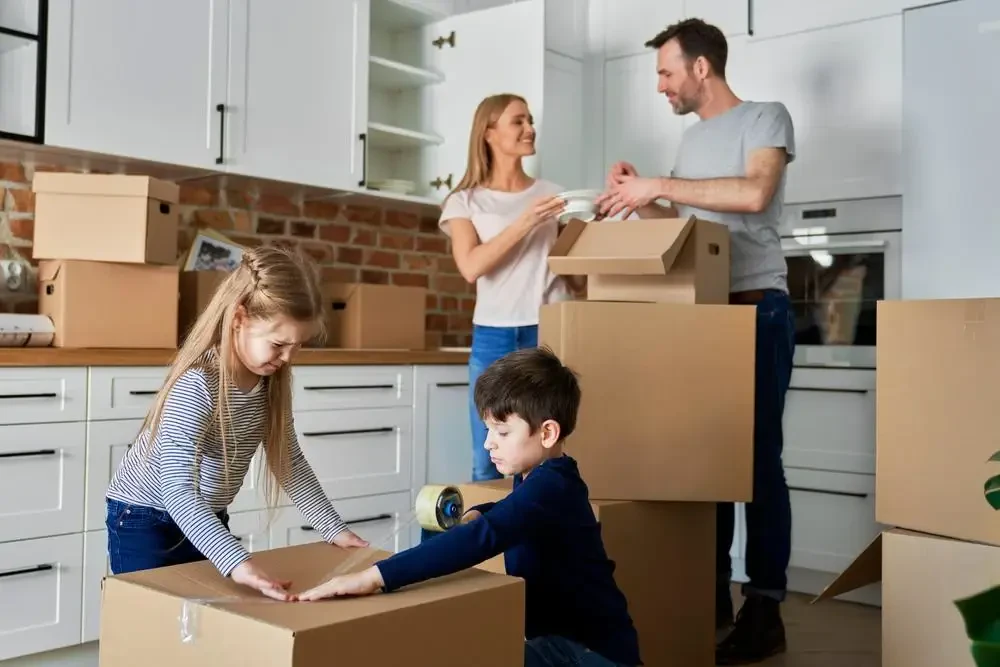
Packing Large Equipment
Packing large kitchen Utility items takes a lot of time and preparation to properly execute, especially large Household tools like gas cookers that are connected to gas or water lines.
- On that note, make sure to start the defrosting process of your freezer as early as possible so that it will be ready before moving day.
- At least a few days before your move day, make sure any large appliances you plan to take with you to your new home have been disconnected and are not in use.
- Clean up any appliances that you intend to take with you as you relocate to your new home.
Enclosing Food
To prevent food from spoiling during transportation, use a cooler and plenty of ice to pack food from your refrigerator or freezer. Health and safety regulations prohibit relocating companies from transporting perishable foods.
Wrapping Pantry Items
- Due to the weight of cans and dry goods, use small boxes.
- To further cushion goods, in between layers of Enclosing paper or bubble Cover can be placed.
- Plastic bags (or wrap breakable containers of liquid in plastic) can help prevent spills.
How To Haul Your Kitchen Stuff?
When you're done Wrapping the kitchen, you shouldn't start loading up the Packages until you've finished everything else. It's best to place your boxes last on the shifting truck so you can unload them first when you get to your new house. You will be able to begin unpacking the kitchen immediately, so you can begin using it immediately.

Final Thoughts
As soon as you have properly packed and prepared your kitchen appliances, you will need to consider how you will haul all your other household pieces as well. If you want help from a professional, you can reach out to Three Movers to help you with whatever you may require. This is a reliable moving company that can help you have a stress-free move to your new location.


